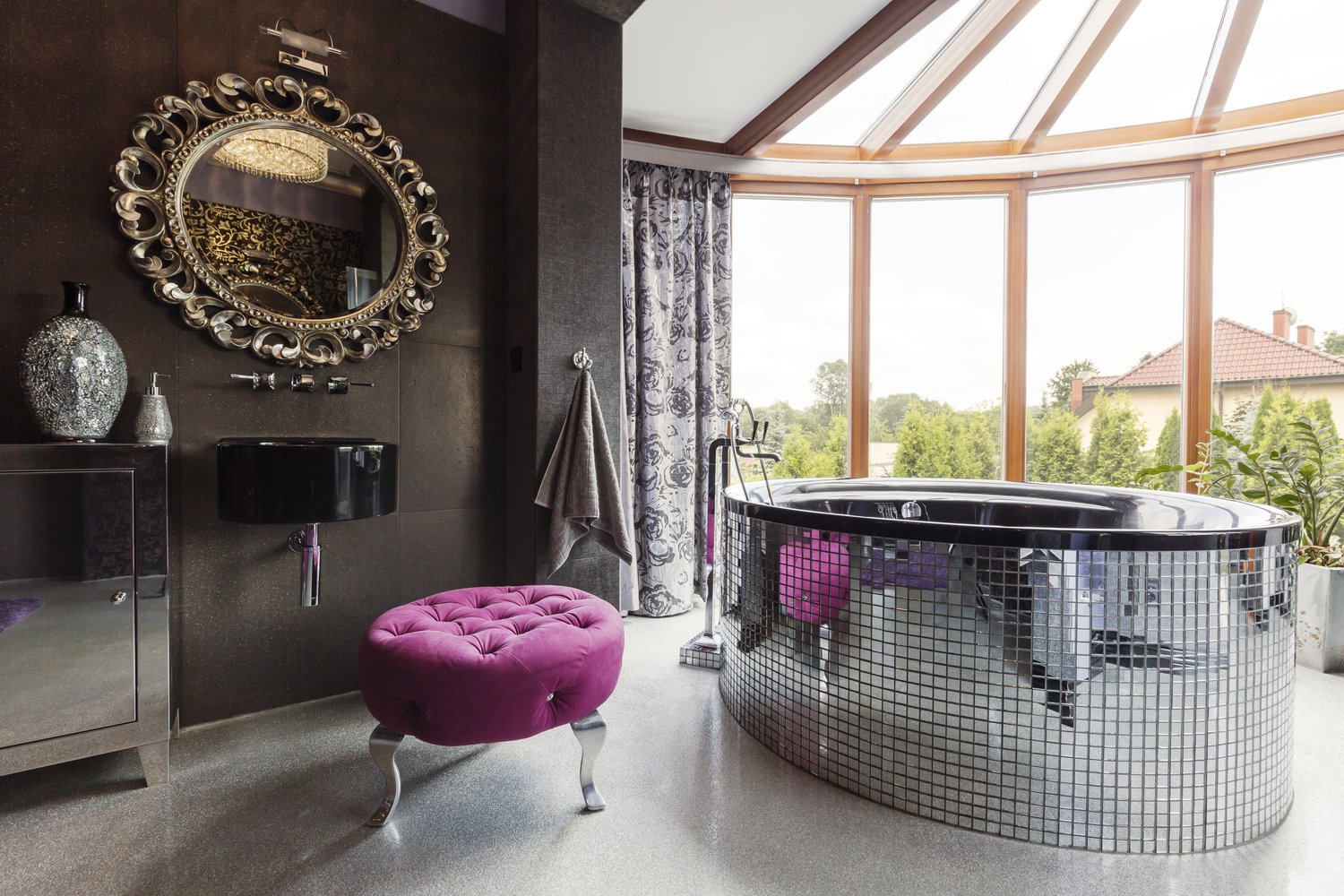Understanding different bathtub types
Bathtubs come in various styles and materials. Freestanding bathtubs offer a luxurious, standalone look. Asymmetric and corner bathtubs maximize space in smaller bathrooms. Rectangular acrylic bathtubs made of conglomerate provide durability and easy maintenance. Built-in tubs are popular for their versatility. Each type has unique features to suit different needs. Consider your bathroom size, layout, and personal preferences when selecting a tub. Some bathtubs include additional features like jets or chromotherapy lighting. These options can enhance your bathing experience significantly.
Factors to consider when selecting a bathtub
Size is crucial when choosing a bathtub. Measure your bathroom carefully before making a decision. Standard tubs are typically 60 inches long and 30-32 inches wide. Bathtubs can vary in depth from 14 to 20 inches. Consider the weight capacity of your bathroom floor, especially for heavier models. Material choice affects both aesthetics and maintenance requirements. Acrylic is lightweight and easy to clean, while cast iron retains heat well. Budget is another important factor, with prices ranging from $200 for basic models to over $5,000 for luxury options.
Installation and plumbing considerations
Proper installation is crucial for bathtub longevity and functionality. Ensure your bathroom’s plumbing can accommodate the chosen tub type. Freestanding bathtubs may require special drainage systems. Built-in tubs need surrounding waterproof material. Some installations might necessitate floor reinforcement. Consult a professional plumber for complex setups. They can assess your bathroom’s capabilities and recommend appropriate solutions. Remember to factor installation costs into your budget, which can range from $500 to $3,000 depending on complexity.
Maintenance and cleaning tips
Regular cleaning extends your bathtub’s lifespan. Use non-abrasive cleaners to avoid scratching the surface. Asymmetric and corner bathtubs may have unique shapes requiring special attention. Rinse thoroughly after each use to prevent soap scum buildup. Address any leaks or cracks promptly to prevent water damage. Some materials, like natural stone, may need periodic resealing. Create a cleaning schedule to maintain your tub’s appearance and hygiene. Most bathtubs benefit from a deep clean every 1-2 weeks.
Enhancing your bathing experience
Rectangular acrylic bathtubs made of conglomerate offer a solid foundation for relaxation. Add bath pillows for extra comfort during long soaks. Consider installing grab bars for safety, especially for elderly users. Aromatherapy candles or essential oils can create a spa-like atmosphere. Invest in a bath caddy to keep books, devices, or beverages within reach. Temperature-regulating faucets help maintain ideal water warmth. Some homeowners install waterproof speakers for music enjoyment. These additions can transform a simple bath into a luxurious retreat.





